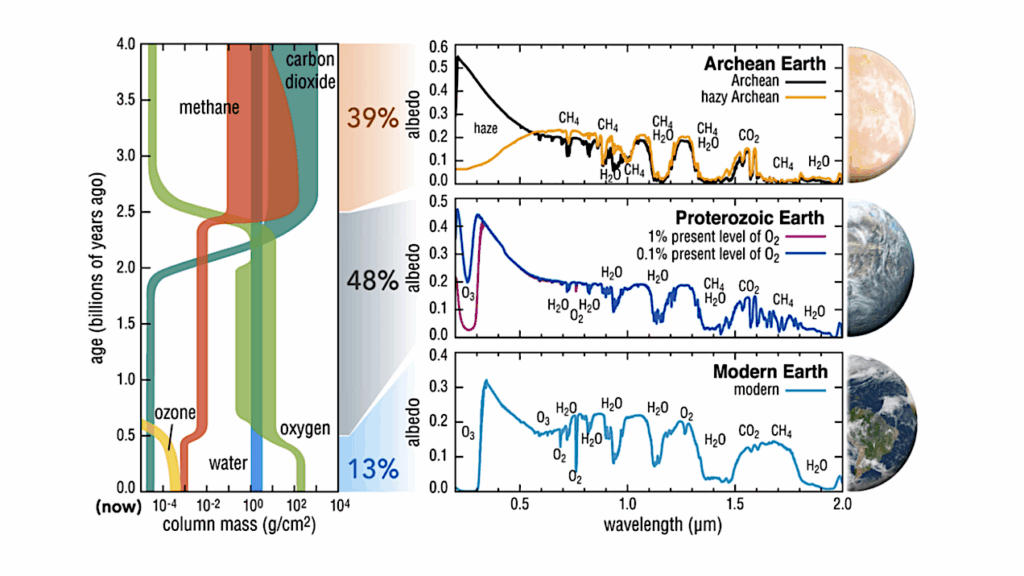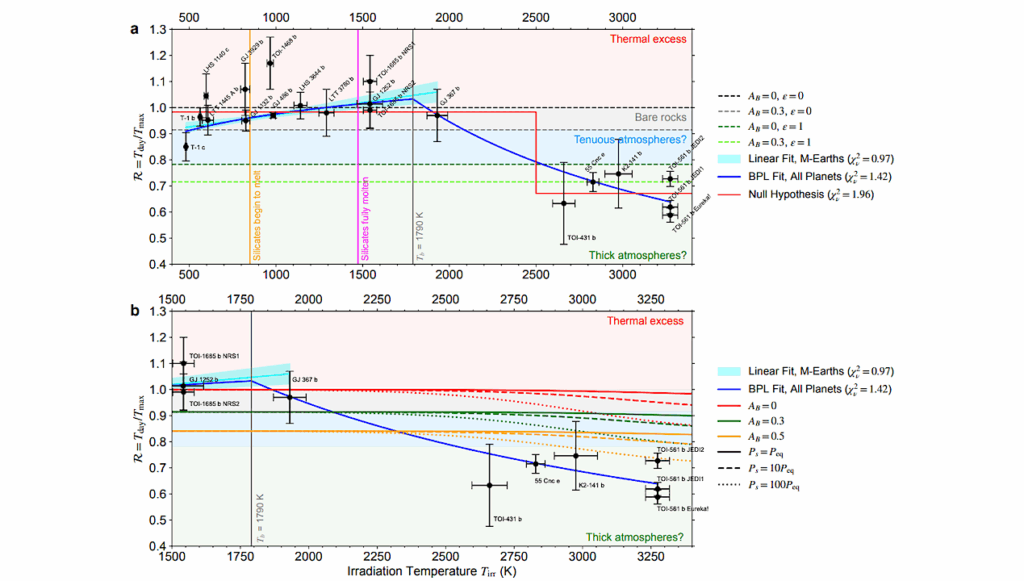Triggering A Climate Change Dominated "Anthropocene": Is It Common Among Exocivilizations?

We seek to model the coupled evolution of a planet and a civilization through the era when energy harvesting by the civilization drives the planet into new and adverse climate states.
In this way we ask if triggering “anthropocenes” of the kind humanity is experiencing now might be a generic feature of planet-civilization evolution. In this study we focus on the effects of energy harvesting via combustion and vary the planet’s initial atmospheric chemistry and orbital radius. In our model, energy harvesting increases the civilization’s population growth rate while also, eventually, leading to a degradation of the planetary climate state (relative to the civilization’s habitability.)
We also assume the existence of a Complex Life Habitable Zone in which very high levels of CO2 are detrimental to multi-cellular animal life such as those creating technological civilizations. Our models show that the civilization’s growth is truncated by planetary feedback (a “climate dominated anthropocene”) for a significant region of the initial parameter space.
Ethan Savitch, Adam Frank, Jonathan Carroll-Nellenback, Jacob Haqq-Misra, Axel Kleidon, Marina Alberti
Comments: 19 pages, 13 figures
Subjects: Earth and Planetary Astrophysics (astro-ph.EP); Popular Physics (physics.pop-ph)
Cite as: arXiv:2103.06330 [astro-ph.EP] (or arXiv:2103.06330v1 [astro-ph.EP] for this version)
Submission history
From: Ethan Savitch
[v1] Wed, 10 Mar 2021 20:25:28 UTC (9,125 KB)
https://arxiv.org/abs/2103.06330
Astrobiology, SETI,








